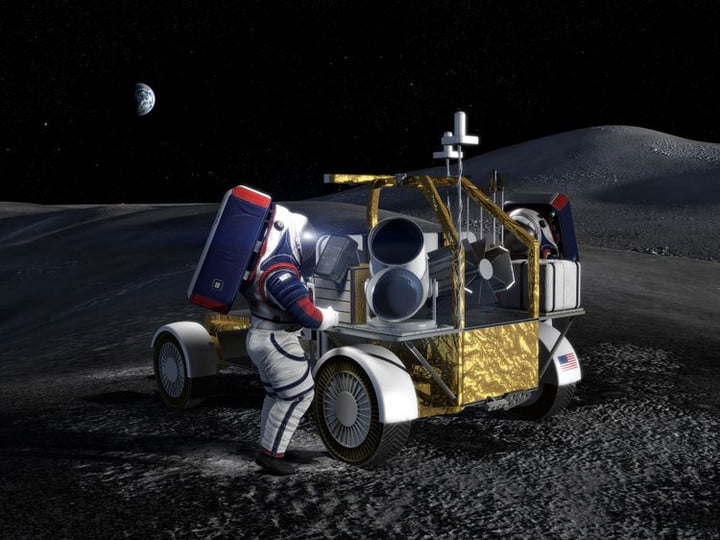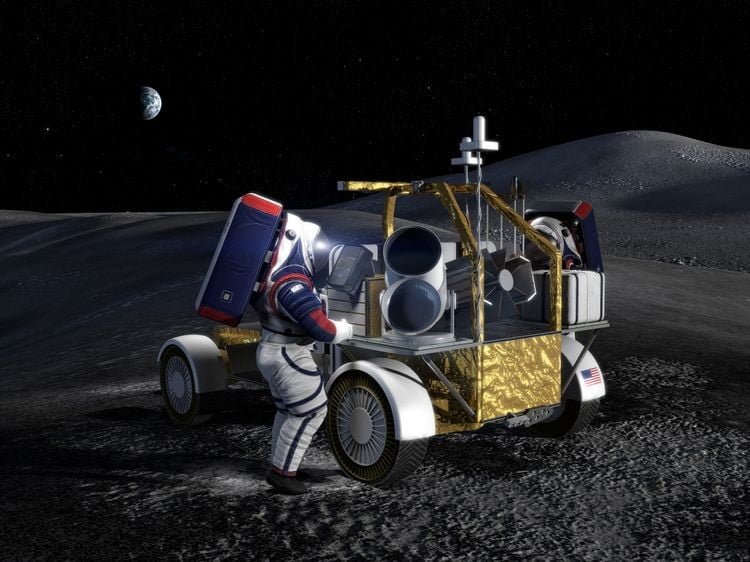NASA is aiming to send the first woman and first person of color to the lunar surface in just a few years’ time. And like the Apollo astronauts of 50 years ago, they’ll be using a moon buggy to make their way across the rocky surface.
Aerospace and defense technology company Northrop Grumman is designing a so-called “Lunar Terrain Vehicle” (LTV) that it wants NASA to use for the approaching Artemis lunar landings.
Few details are currently available regarding the specific design of Northrop’s vehicle, suggesting it’s still in the early stages of development. However, this week the Virginia-based company was able to share an image (below) showing how it might look.

Northrop says its proposed LTV will be “agile and affordable.” To help it achieve its design goal, it has partnered with four commercial companies: propulsion system specialist AVL, space products provider Intuitive Machines, space technology company Lunar Outpost, and tire expert Michelin.
It’s also working with Apollo astronauts Dr. Harrison “Jack” Schmitt and Charles Duke to learn from their hands-on experiences and knowledge gained during their lunar missions in the early 1970s.
“Together with our teammates, we will provide NASA with an agile and affordable vehicle design to greatly enhance human and robotic exploration of the lunar surface to further enable a sustainable human presence on the moon and, ultimately, Mars,” Northrop executive Steve Krein said in a release.
NASA put out a call in August requesting LTV designs from U.S. companies. It said the lunar rover should be electric-powered and designed to last at least 10 years so that it can be used for multiple Artemis missions.
For the Artemis program, the space agency is calling upon the expertise of commercial companies such as Northrop to develop and build the necessary space hardware as part of efforts to reduce costs and cut preparation time.
But despite this approach, NASA admitted earlier this month that it would fail to reach its initial 2024 target for returning humans to the lunar surface, citing a slew of issues that means the first astronaut lunar landing since 1972 will unlikely happen until 2025 at the earliest.


